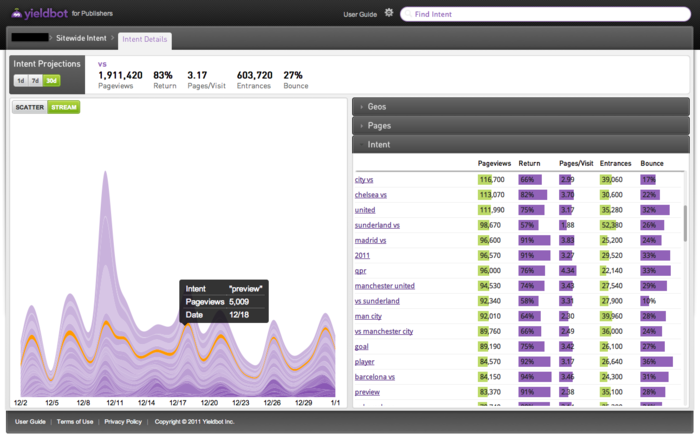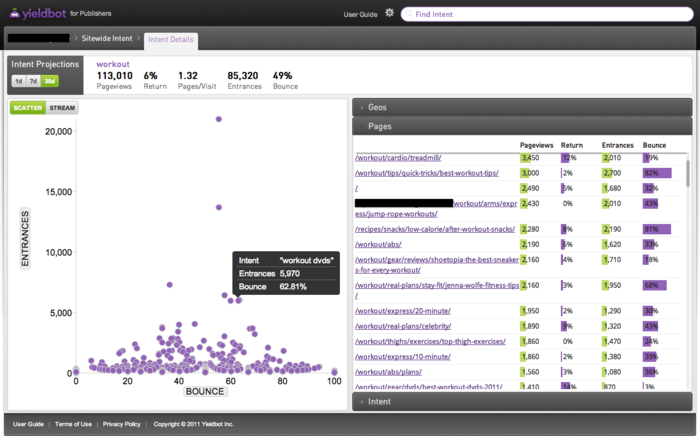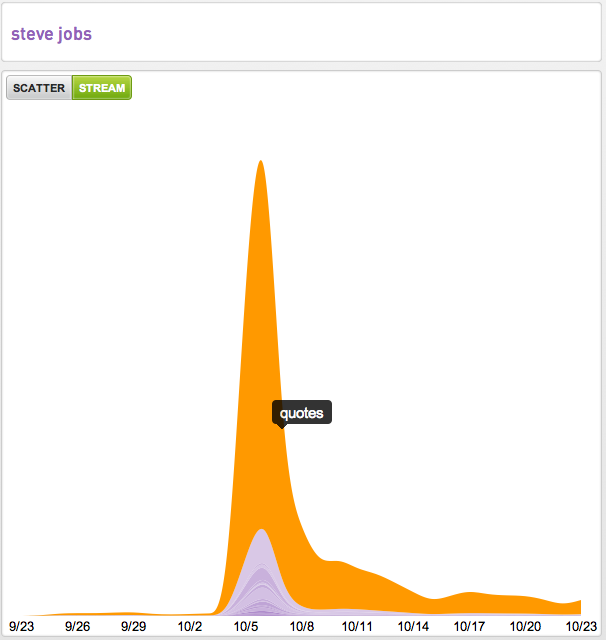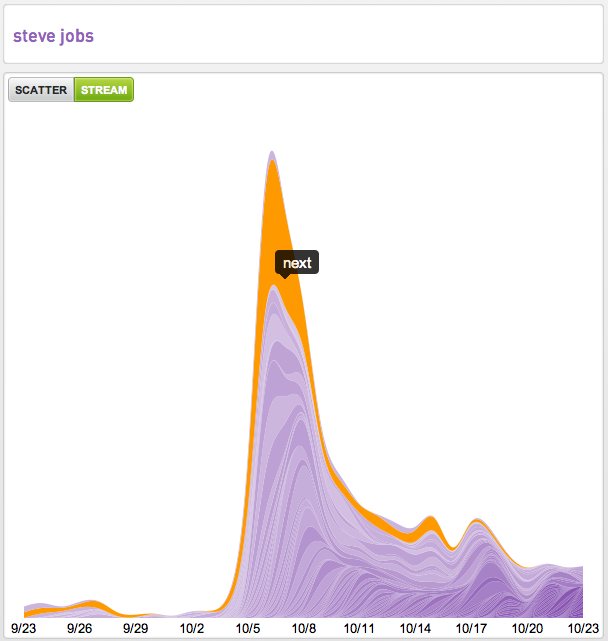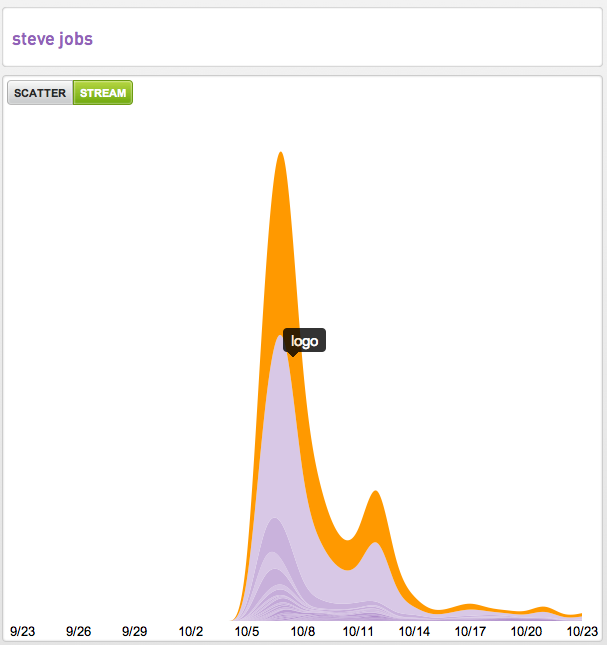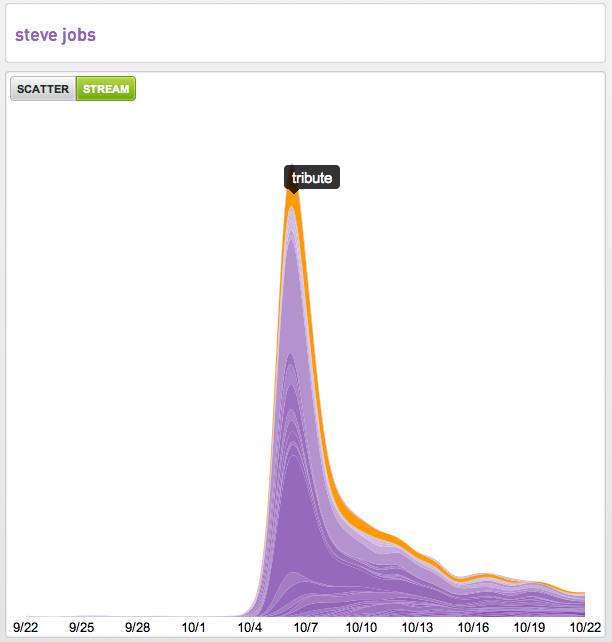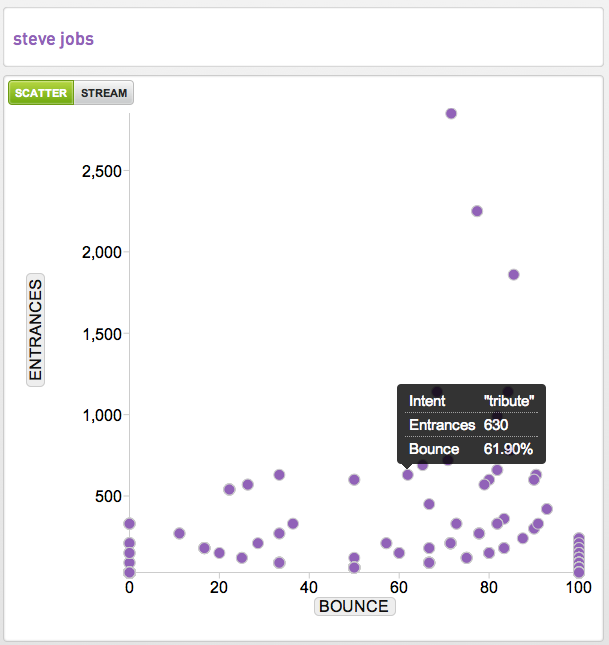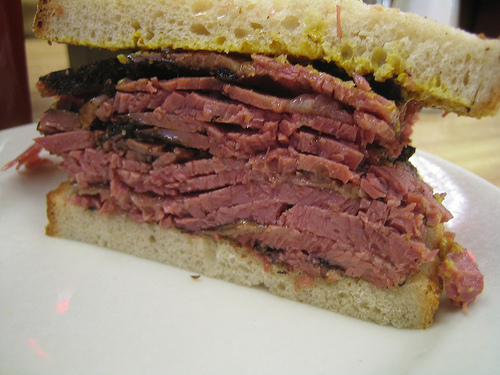The first two questions we usually get asked by publishers are:
1) What do you mean by “intent”?
2) How do you capture it?
So I thought it was time to blog in a little more detail about what we do on the publisher side.
The following is what we include in our Yieldbot for Publishers User Guide.
Yieldbot for Publishers uses the word “intent” quite a bit in our User Interface. Webster’s dictionary describes intent as a “purpose” and a “state of mind with which an act is done.” Behavioral researchers have also said intent is the answer to “why.” Much like the user queries Search Engines use to understand intent before serving a page, Yieldbot extracts words and phrases to represent the visitor intent of every page view served on your site.
Since Yieldbot’s proxies for visit intent are keywords and phrases the next logical question is how we derive them.
Is Yieldbot a contextual technology? No. Is Yieldbot a semantic technology? No. Does Yieldbot use third-party intender cookies? Absolutely not!
Yieldbot is built on the collection, analytics, mining and organization of massively parallel referrer data and massively serialized session clickstream data. Our technology parses out the keywords from referring URLs – and after a decade of SEO almost every URL is keyword rich - and then diagnoses intent by crunching the data around the three dimensions of every page-view on the site. 1) What page a visitor came from 2) what page a visitor is about to view and 3) what happens when it is viewed.
Those first two dimensions are great pieces of data but it is coupling them with the third dimension that truly makes Yieldbot special.
We give our keyword data values derived from on-page visitor actions and provide the data to Publishers as an entirely new set of analytics that allow them to see their audience and pages in a new way – the keyword level. Additionally, our Yieldbot for Advertisers platform (launching this quarter) makes these intent analytics actionable by using these values for realtime ad match decisioning and optimization.
For example: Does the same intent bounce from one page and not another? Does the intent drive two pages deeper? Does the intent change when it hits a certain page or session depth? How does it change? These are things Yieldbot works to understand because if relevance were only about words, contextual and semantic technology would be enough. Words are not enough. Actions always speak louder.
All of this is automated and all of this is all done on a publisher-by-publisher level because each publisher has unique content and a unique audience. The result is what we call an Intent Graph™ for the site with visitor intent segmented across multiple dimensions of data like bounce rate, pages per visit, return visit rate, geo or temporal.
Here’s an example of analytics on two different intent segments from two different publishers:
For every (and we mean every) visitor intent and URL we provide data and analytics on the words we see co-occurring with primary intent as well as the pages that intent is arriving at (and the analytics of what happens once it gets there). We also provide performance data on those words and pages.
Yieldbot’s analytics for intent are predictive. This means that the longer Yieldbot is the site the smarter it becomes - both about the intent definitions and how those definitions will manifest into media consumption. And soon all the predictive analytics for the intent definitions will be updated in realtime. This is important because web sites are dynamic “living” entities - always publishing new content, getting new visitors and receiving traffic from new sources. Not to mention people’s interests and intent are always changing.
I hope this post has served a good primer on Yieldbot for Publishers and maybe even gotten you interested in seeing it in action on your site. One of the best parts of what we do is seeing people’s faces when they first see the product. If you are a publisher and would like a demonstration please email info <at> yieldbot.com


